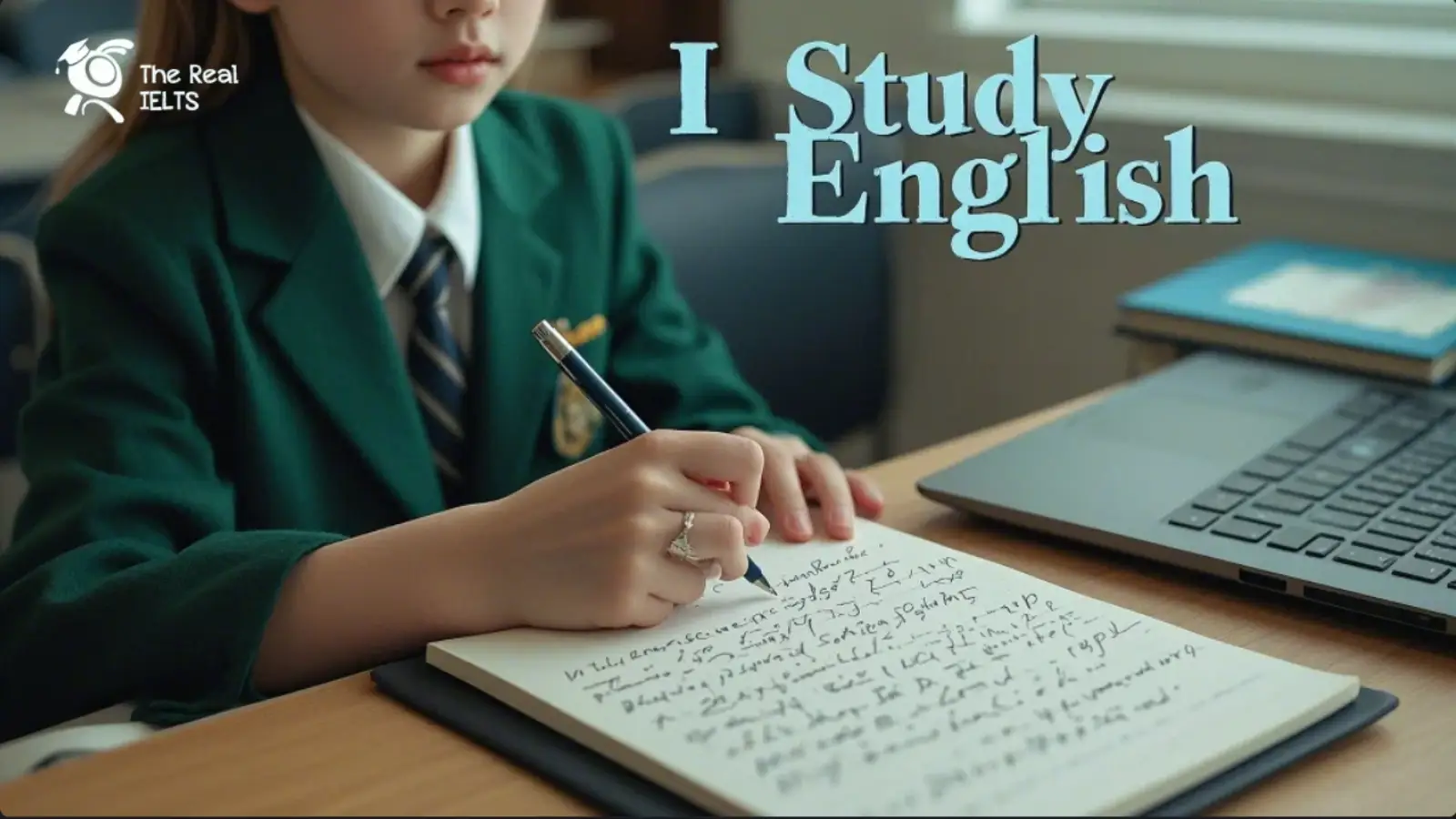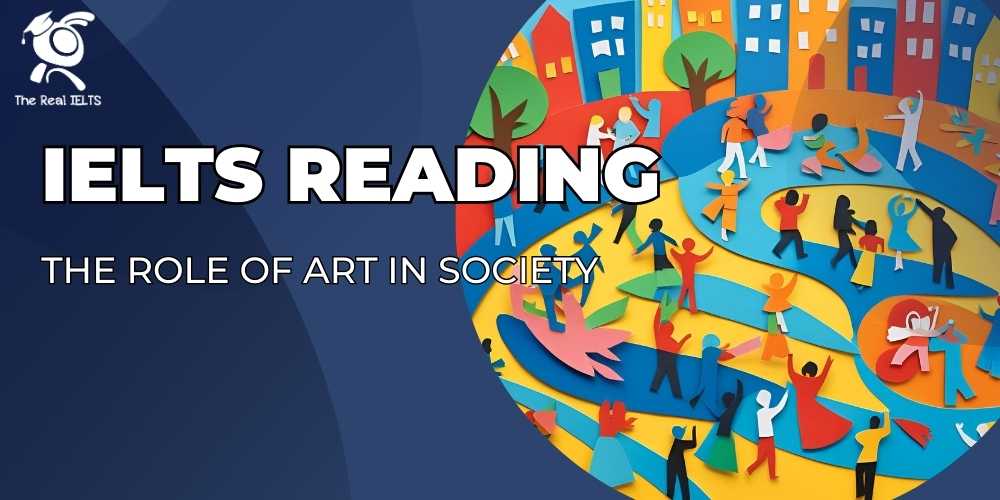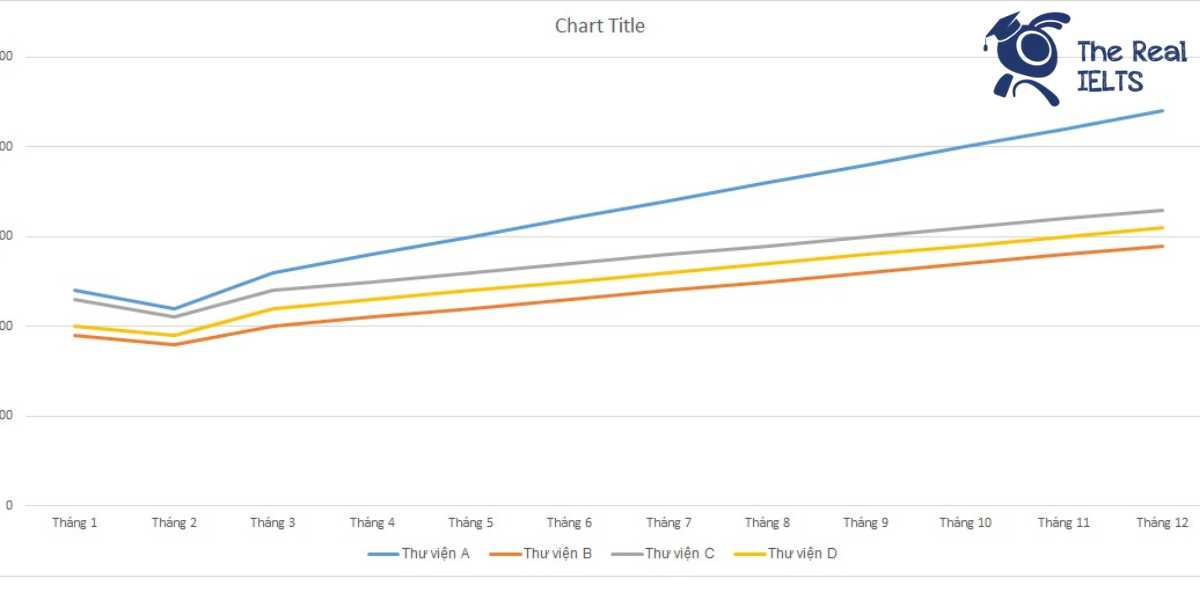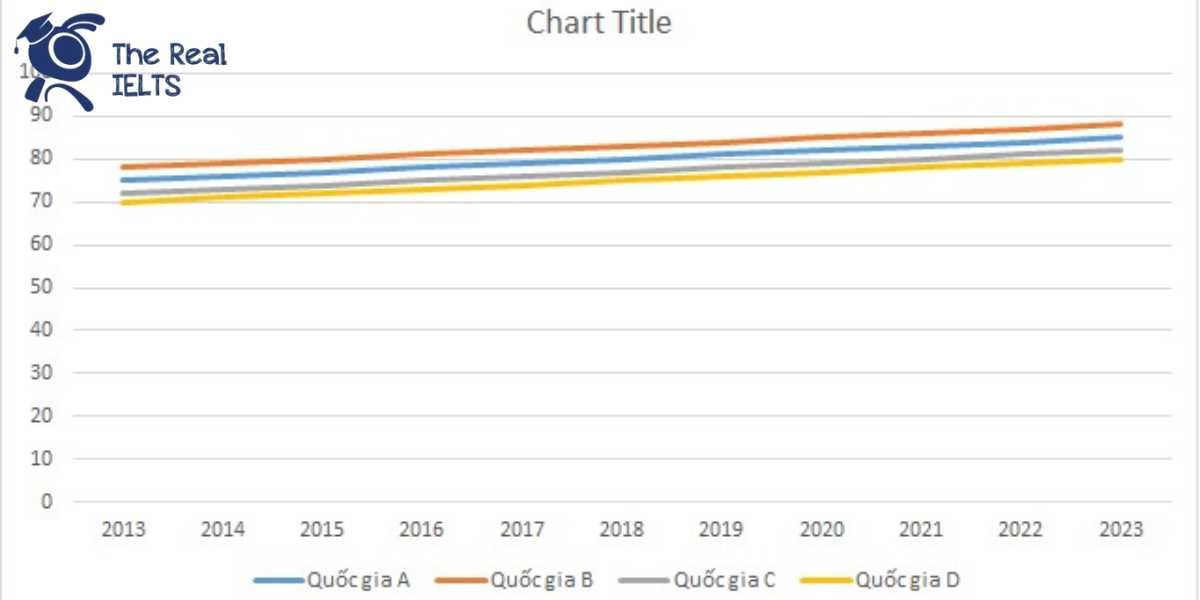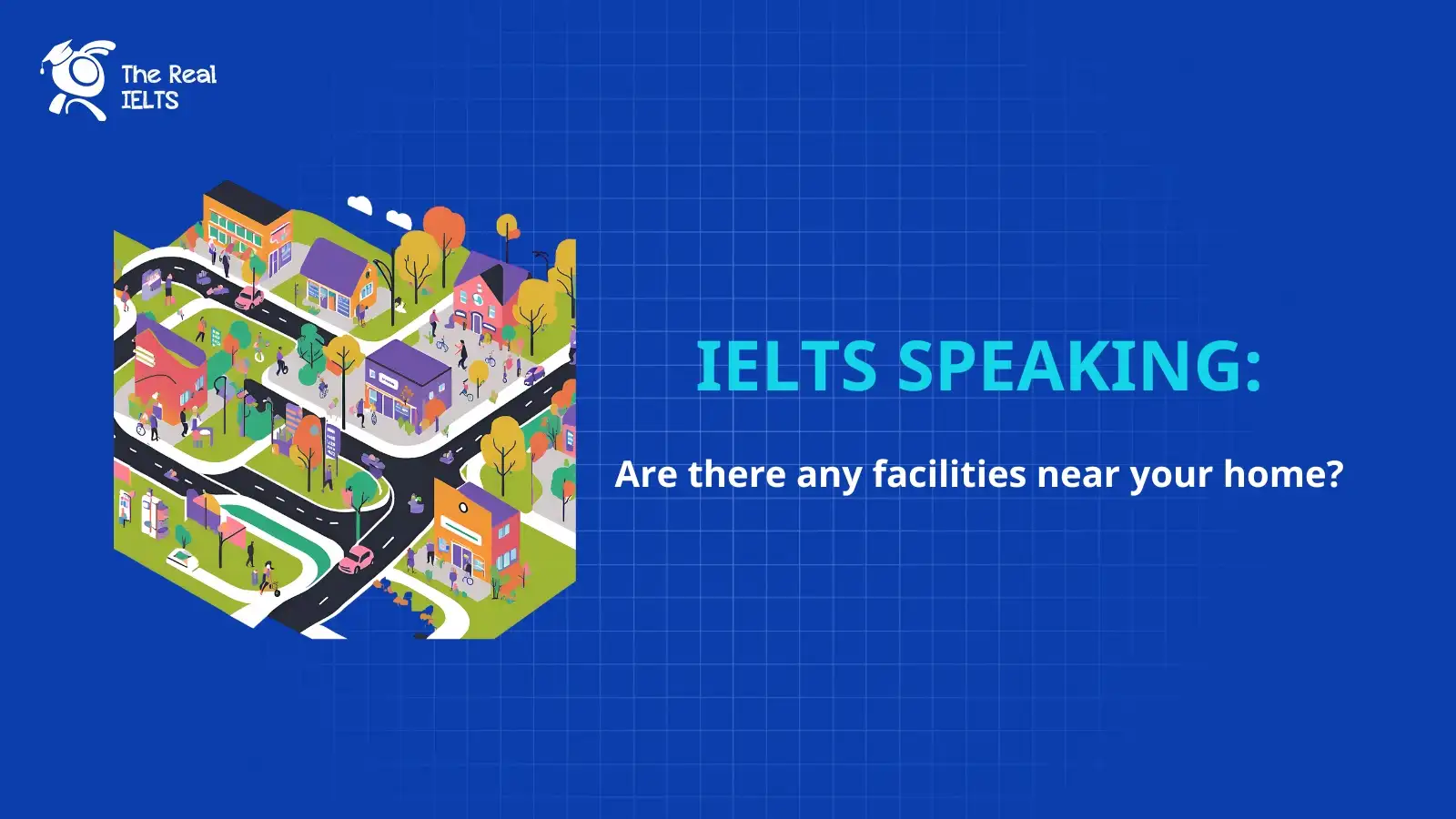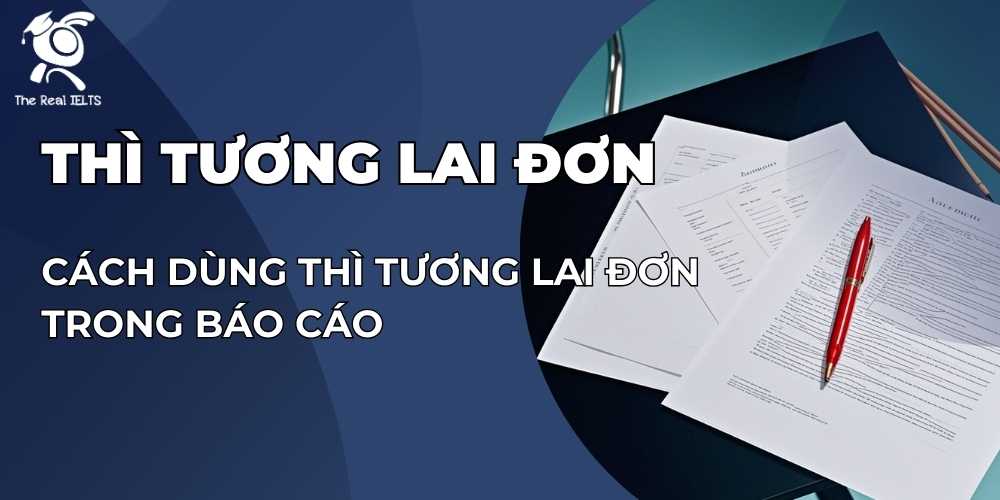Đề thi IELTS Reading có tiêu đề “The Role of Public Health Campaigns in Disease Prevention”
Nhớ đọc thêm các bài luyện thi IELTS nhé.
IELTS Reading:”The Role of Public Health Campaigns in Disease Prevention“
The Role of Public Health Campaigns in Disease Prevention
Public health campaigns have long played a critical role in safeguarding populations from various health risks. These campaigns, typically orchestrated by governmental or non-governmental organizations, are designed to inform the public, encourage healthy behaviors, and ultimately prevent the spread of diseases. As societies become more complex and urbanized, the importance of public health campaigns in disease prevention has grown exponentially. Their effectiveness lies not only in educating individuals but also in fostering a collective sense of responsibility towards communal health. This essay will explore the historical development of public health campaigns, the strategies employed in modern campaigns, and the challenges these initiatives face in an increasingly interconnected world.
The roots of public health campaigns can be traced back to the 19th century, during which time urbanization and industrialization led to an increase in communicable diseases. With crowded living conditions and poor sanitation, epidemics such as cholera and tuberculosis became common in many cities. Governments and health officials began to realize that controlling these diseases required more than just medical intervention—it necessitated a concerted effort to educate the public about hygiene, vaccination, and other preventative measures. One of the earliest examples of a successful public health campaign was the vaccination drive against smallpox, which eventually led to the global eradication of the disease by 1980. This marked a significant milestone, demonstrating the power of coordinated, widespread public health efforts in eradicating deadly diseases.
In the modern era, public health campaigns have evolved to tackle both communicable and non-communicable diseases. In addition to fighting infectious diseases like HIV/AIDS, malaria, and influenza, campaigns now also address lifestyle-related conditions such as heart disease, diabetes, and obesity. The rise of social media and digital communication has transformed the way these campaigns reach their target audiences. Public health authorities now have the tools to disseminate information faster and more broadly than ever before. For instance, during the COVID-19 pandemic, online platforms were instrumental in sharing vital information about social distancing, mask-wearing, and vaccination. The speed and reach of such campaigns played a crucial role in preventing healthcare systems from becoming overwhelmed, particularly during the early stages of the pandemic.
Effective public health campaigns rely on several key strategies to achieve their goals. First, they must be grounded in accurate, up-to-date scientific research. The information presented to the public should reflect current understanding of the disease and its prevention. This requires collaboration between health professionals, scientists, and policymakers. Second, campaigns need to be culturally sensitive and tailored to the specific needs of different communities. For instance, a campaign addressing HIV prevention in sub-Saharan Africa would look very different from one targeting smoking cessation in Western Europe. By taking into account local beliefs, customs, and socioeconomic conditions, health authorities can craft messages that resonate more effectively with the target population.
Another important strategy is the use of behavior change models, such as the Health Belief Model or the Theory of Planned Behavior. These models help campaign designers understand what motivates individuals to adopt healthy behaviors. For example, the Health Belief Model posits that people are more likely to take preventive action if they believe they are personally susceptible to a disease, that the disease has serious consequences, and that there are clear benefits to taking the recommended action. By framing health messages in ways that align with these beliefs, public health campaigns can increase the likelihood of behavior change.
However, despite their successes, public health campaigns face numerous challenges. One of the most significant obstacles is misinformation, particularly in the age of the internet and social media. During the COVID-19 pandemic, for example, false claims about vaccines and treatments spread rapidly online, undermining efforts to control the virus. Combatting misinformation requires not only accurate information but also proactive efforts to engage with the public and build trust in health authorities. Another challenge is reaching marginalized communities, who may lack access to healthcare or be skeptical of government-led initiatives. Overcoming these barriers requires targeted outreach and the involvement of trusted local leaders or organizations.
Funding is another perennial challenge for public health campaigns, particularly in low-income countries. While wealthier nations may have the resources to implement comprehensive public health strategies, many developing countries struggle to fund even basic healthcare services. This lack of resources can hinder the effectiveness of campaigns, especially those requiring large-scale vaccination efforts or distribution of medical supplies. International aid and partnerships with global health organizations such as the World Health Organization (WHO) or the Centers for Disease Control and Prevention (CDC) can provide some relief, but long-term solutions require sustainable investment in public health infrastructure.
In conclusion, public health campaigns are an indispensable tool in the fight against both communicable and non-communicable diseases. Their ability to educate the public, encourage behavior change, and foster collective action makes them a cornerstone of modern disease prevention efforts. However, to maintain their effectiveness, these campaigns must continually adapt to new challenges, including misinformation, cultural diversity, and resource limitations. As global health threats become more complex, the role of public health campaigns in safeguarding populations will only continue to grow in importance. The success of these initiatives will depend on the collaboration of governments, health professionals, and communities worldwide in promoting healthier, safer environments for all.
Đề bài thi IELTS Reading
1. Multiple Choice Questions (MCQs)
- When did public health campaigns start to play a critical role in disease prevention? A. 20th century
B. 18th century
C. 19th century
D. 21st century - What was one of the earliest successful public health campaigns? A. Vaccination against tuberculosis
B. Vaccination against HIV/AIDS
C. Vaccination against smallpox
D. Vaccination against polio - How did urbanization contribute to the spread of diseases in the 19th century? A. Increased population mobility
B. Improved healthcare access
C. Poor sanitation and crowded living conditions
D. Better living conditions - What type of diseases do modern public health campaigns also target, aside from communicable ones? A. Mental health disorders
B. Respiratory diseases
C. Non-communicable diseases
D. Genetic disorders - What role did social media play during the COVID-19 pandemic? A. Encouraged misinformation
B. Accelerated the spread of the virus
C. Spread vital health information quickly
D. Reduced the importance of vaccination - According to the passage, what is essential for public health campaigns to be effective? A. Government funding
B. Political support
C. Accurate and up-to-date scientific research
D. Celebrity endorsement - What is the Health Belief Model used for? A. To spread information faster
B. To help individuals believe they can cure themselves
C. To increase the likelihood of behavior change
D. To eliminate all health risks - What was a significant obstacle to public health campaigns during the COVID-19 pandemic? A. Lack of medical supplies
B. Lack of healthcare professionals
C. Spread of misinformation
D. Poor vaccine quality
2. True/False/Not Given
- The eradication of smallpox was a result of a coordinated global public health campaign.
True / False / Not Given - The first public health campaign was launched to combat tuberculosis in the 19th century.
True / False / Not Given - Public health campaigns only focus on communicable diseases.
True / False / Not Given - During the COVID-19 pandemic, social media was the primary tool for spreading misinformation.
True / False / Not Given - Vaccination is no longer a major focus of modern public health campaigns.
True / False / Not Given
3. Yes/No/Not Given
- The author believes that public health campaigns are more effective today than in the past.
Yes / No / Not Given - The author supports using behavior change models to improve public health campaigns.
Yes / No / Not Given - The author claims that governments should not be involved in public health campaigns.
Yes / No / Not Given - The author believes that international aid is a long-term solution to public health challenges in developing countries.
Yes / No / Not Given
4. Matching Information
Match the following pieces of information to the paragraphs where they are found:
- The rise of non-communicable diseases
- The role of the Health Belief Model in campaigns
- The challenges faced by public health campaigns
- The use of social media in modern public health efforts
5. Matching Headings
Choose the most suitable heading for each paragraph from the list below:
A. Historical origins of public health campaigns
B. Strategies for effective campaigns
C. The role of funding in public health campaigns
D. The influence of misinformation on public health
- Paragraph 1
- Paragraph 2
- Paragraph 5
- Paragraph 7
6. Matching Features
Match the following features to their descriptions in the passage:
- Smallpox eradication
A. 19th-century epidemic
B. Modern digital outreach
C. Historical milestone
D. Non-communicable disease campaign - COVID-19 campaign strategies
A. Misinformation combat
B. Vaccine opposition
C. Use of social media
D. Scientific collaboration - Health Belief Model
A. Government intervention
B. Public skepticism
C. Motivating individual behavior change
D. Investment challenges
7. Matching Sentence Endings
Match the beginnings of the sentences with their correct endings:
- Public health campaigns are grounded in
A. online platforms and social media. - The speed and reach of modern campaigns
B. cultural sensitivity and local outreach. - The success of campaigns in developing countries
C. relies on behavior change models. - During the COVID-19 pandemic, public health authorities
D. shared vital information quickly.
8. Sentence Completion
Complete the sentences using no more than three words:
- One of the earliest examples of a successful public health campaign was ___________.
- Modern public health campaigns now target both communicable and ___________ diseases.
- Public health campaigns often use behavior change models to ___________.
- A major obstacle for public health campaigns is the spread of ___________.
9. Summary Completion
Complete the following summary using words from the passage:
Public health campaigns have evolved since the 19th century, when the spread of diseases like cholera led to the first __________ (37). In modern times, campaigns target not only infectious diseases but also __________ (38) conditions. Digital platforms, such as __________ (39), have made it easier to disseminate information, although __________ (40) remains a major challenge.
Đáp án bài thi IELTS Reading
1. Multiple Choice Questions (MCQs)
- C. 19th century
- C. Vaccination against smallpox
- C. Poor sanitation and crowded living conditions
- C. Non-communicable diseases
- C. Spread vital health information quickly
- C. Accurate and up-to-date scientific research
- C. To increase the likelihood of behavior change
- C. Spread of misinformation
2. True/False/Not Given
- True
- False
- False
- Not Given
- False
3. Yes/No/Not Given
- Not Given
- Yes
- No
- No
4. Matching Information
- Paragraph 3
- Paragraph 5
- Paragraph 7
- Paragraph 4
5. Matching Headings
- A. Historical origins of public health campaigns
- B. Strategies for effective campaigns
- D. The influence of misinformation on public health
- C. The role of funding in public health campaigns
6. Matching Features
- C. Historical milestone
- C. Use of social media
- C. Motivating individual behavior change
7. Matching Sentence Endings
- B. cultural sensitivity and local outreach.
- D. shared vital information quickly.
- C. relies on behavior change models.
- A. online platforms and social media.
8. Sentence Completion
- Vaccination against smallpox
- Non-communicable
- Increase the likelihood of behavior change
- Misinformation
9. Summary Completion
- Public health campaigns
- Non-communicable
- Social media
- Misinformation
Luyện tập bài khác ở bài viết:”100 bài luyện IELTS Reading 2024 – 2025“



